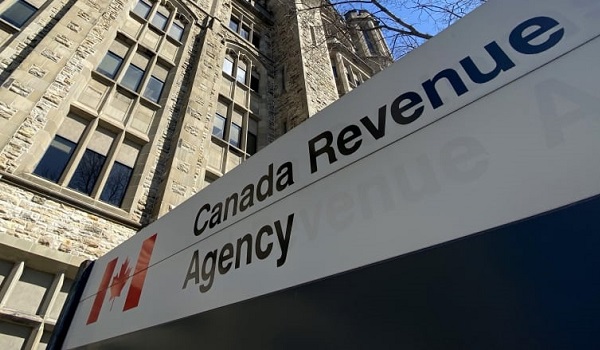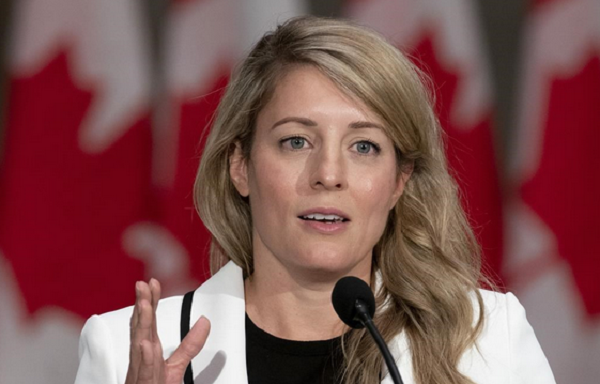CRA says businesses owe $19.4-billion in unpaid sales
Businesses failed to remit to Ottawa billions of dollars in sales tax they had collected from customers last year, new data show, indicating financial distress as those companies fail to keep up with their bills.
The Canada Revenue Agency says there was $19.4-billion in GST and HST debt outstanding as of March 31 – an increase of $3.2-billion from the year before, and double what it was before the COVID-19 pandemic.
That is the largest single-year figure in the CRA’s data, which went back a decade. It had only risen $1.3-billion from the 2021-22 to the 2022-23 fiscal year.
The CRA said there were likely two main factors driving up the debt. One was that the agency had paused some compliance activities earlier in the pandemic. Now auditors are working to catch up on those files and are finding shortfalls in remittances as they assess businesses, which increases the amounts owed.
The other main factor the CRA identified was the economic impacts of the pandemic, which it did not elaborate upon.
The rise in sales-tax debt has coincided with a historic increase in the number of failing businesses. Data from the federal Office of the Superintendent of Bankruptcy showed that business insolvencies for the 12 months ending in March were 5,743, an increase of 56.7 per cent over the year before.
Those numbers include both bankruptcies and proposals, which is a legal option to negotiate lower debt repayment with creditors.
Insolvencies and sales-tax debt can be linked because struggling, cash-strapped businesses will often delay making remittances to focus on paying other bills first, said Trevor Pringle, an insolvency trustee at msi Spergel Inc.
“It’s hard not to pay your suppliers, because sometimes you want to continue on with the business,” Mr. Pringle said. “HST tends to be one that may be simpler not to pay.”
But, he said, that usually doesn’t work out for the business owners long-term; even if the business closes, directors will be held personally liable by the CRA for the sales-tax debt.
Professionals who work with small and medium-sized businesses say the official insolvency statistics likely undercount the number of enterprises that close, because many owners simply walk away from their companies rather than going through the official bankruptcy process. Some have to subsequently go through a personal bankruptcy or proposal, and those numbers have also risen year over year.
Randall Bartlett, senior director of Canadian economics at Desjardins Group, said that, even as sales-tax debt has gone up, Ottawa has also increased the amount of money it was collecting.
The Finance Department’s monthly fiscal monitor recently reported that Ottawa had booked $51-billion from the GST in the 2023-24 fiscal year, an increase of 9.5 per cent over the year before.
The federal government posted $46-billion from the GST in each of the 2021-22 and 2022-23 fiscal years, according to other Finance Department data. That was up substantially from $32-billion in 2020-21, when businesses across the country were shuttered for months under public-health orders.
The executives of many large retailers, however, have said they have seen consumer spending slow down in recent months.
Mr. Bartlett said the rising sales-tax debt, combined with insolvency statistics and other data, suggest an underlying weakness among businesses.
“It does seem like there probably were a lot of businesses that were in a very tough financial position at the end of the 2023, beginning of 2024,” he said, adding that that was also when emergency pandemic loans came due.
Mr. Pringle said his insolvency firm is getting calls daily now from owners of small and medium-sized businesses who are looking for help – and they often have one thing in common.
“It’s highly unusual to come across a company that doesn’t have an HST liability,” he said.
This article was first reported by The Globe and Mail












